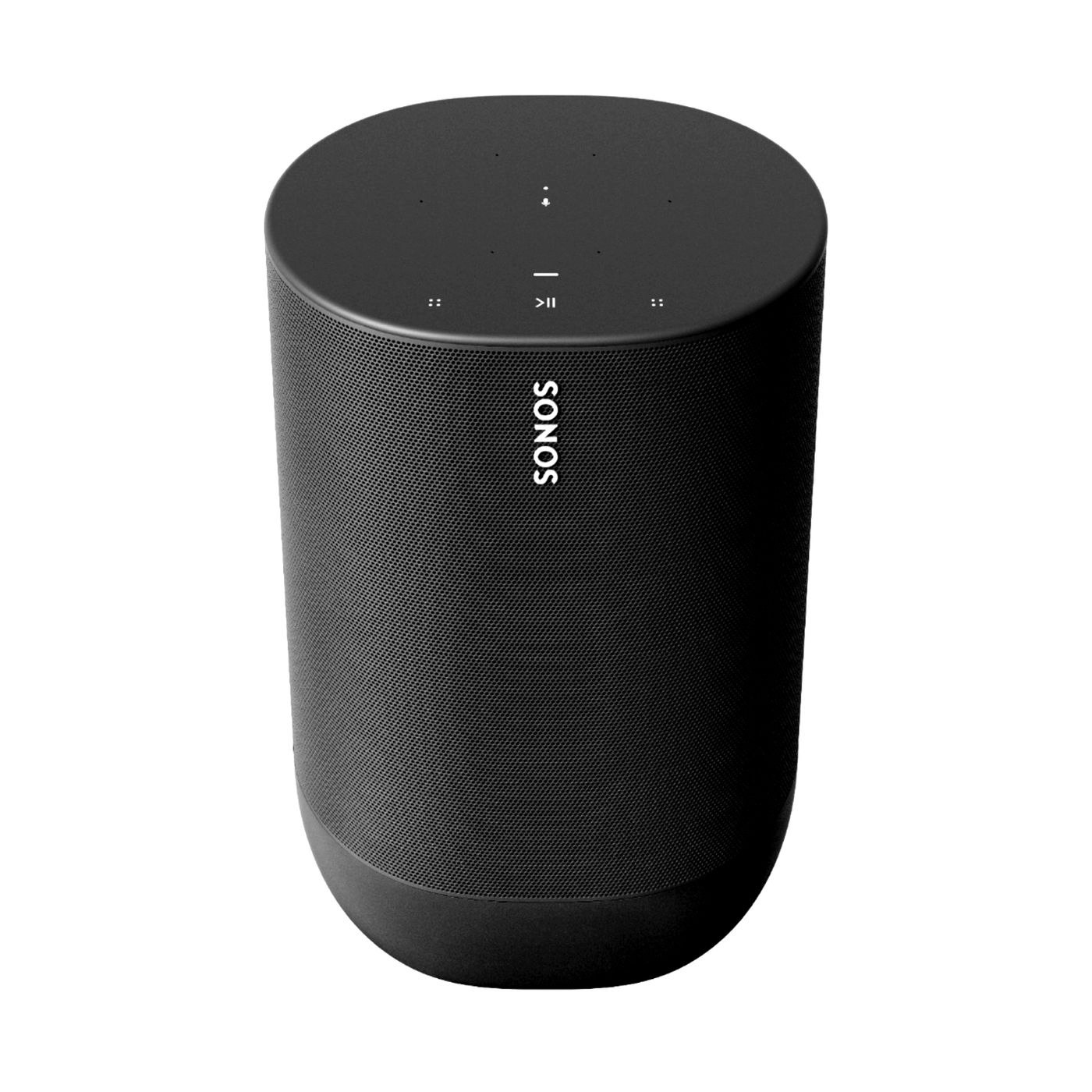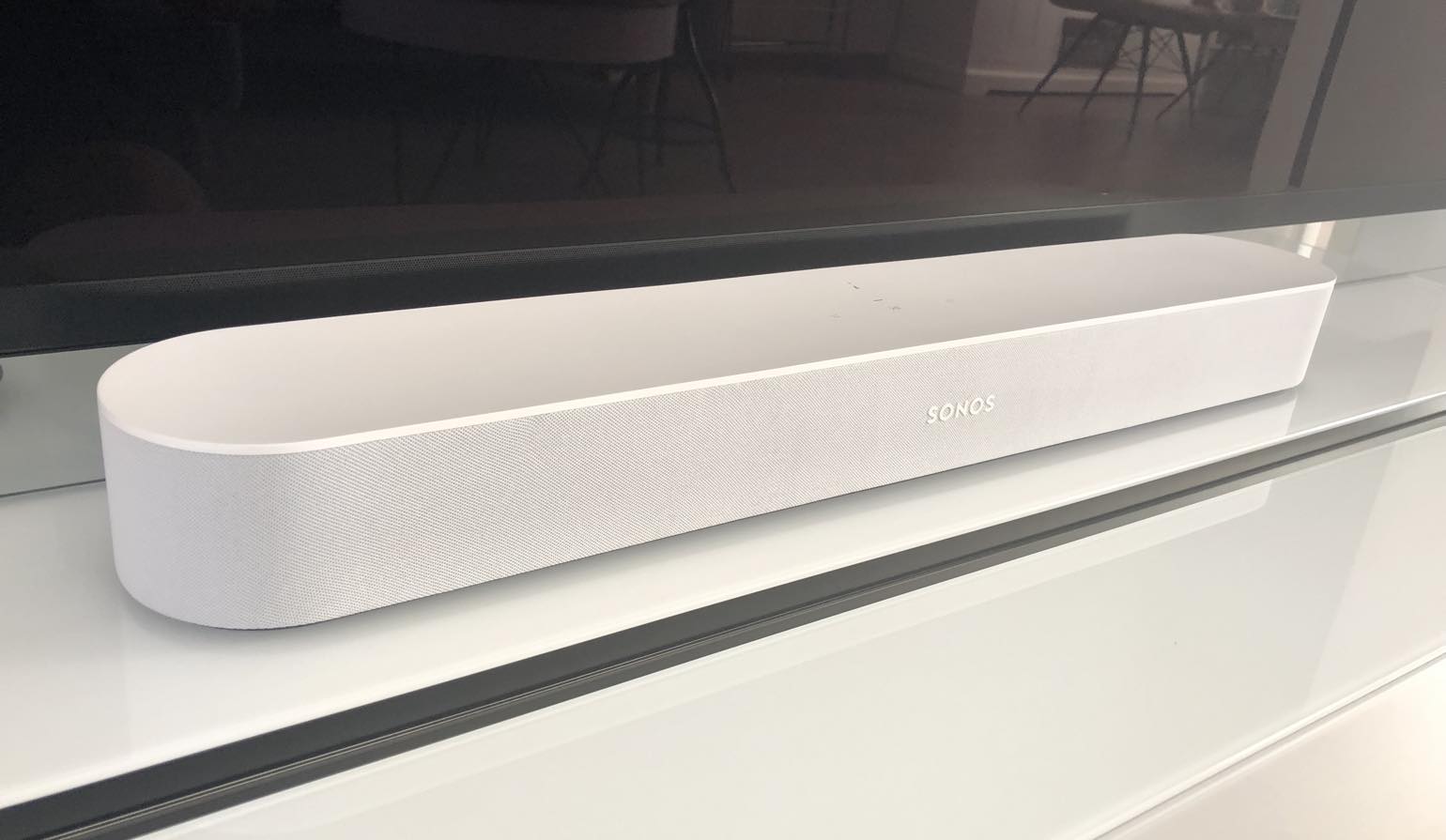

The second-gen Beam is a solid addition to the family when it comes to music, though it's less of an immediate upgrade compared to movies.
#Sonos beam review portable#
There's no easier way to program music for house parties (and outdoor shindigs with the portable Roam and Move speakers). When it comes to synchronized audio throughout your home, Sonos is still the connected speaker company to beat. But for half the price, I wouldn't expect it to. As great as the new Beam sounds, though, it's no match for the Atmos capabilities of the Arc.

With competing products, you may also have to find spots to hold rear speakers, which still need to plug into power. For one, it's easy to set up: You just plug it into the appropriate ports and step through the process on Sonos's app. But Sonos offers things other systems don't. You can find soundbars and wireless surround sound systems for less than $450, and many will deliver bigger sound. Mostly, though, I was impressed by what Sonos was able to do with such a small device. Sonos also focused on making dialog clearer too, something I appreciated when conversations were happening amid those huge set pieces. The new Beam is a tiny speaker meant to make a meal of bombastic action sequences, and it does so without distorting or breaking a sweat.

The same was true while revisiting 2015's (seriously underrated) The Man from U.N.C.L.E., or the epic car-turned-motorcycle chase in MIssion Impossible: Rogue Nation. The second-generation model just sounded like a richer experience, as if cotton balls were removed from my ears. That same scene on the original Beam sounded fine, but there was no sense of enveloping surround sound. It's no replacement for having actual speakers dedicated to blasting height channels, but it worked surprisingly well in my testing.ĭuring the opening chase in Baby Driver, for example, I could hear cars whizzing by my ears, the roar of powerful engines and Jon Spencer Blues Explosion's "Bellbottoms" filling my family room. According to Scott Fink, the product manager behind all of Sonos's home theater gear, the company can tweak the audio timing and frequency to make it seem as if sound is coming from the side, or slightly above you. It turns out, the company leaned even more heavily into psychoacoustics, or the science of how we perceive sound. When Sonos first announced the second-gen Beam, I immediately wondered how the heck it could provide any height channels without adding more speakers. The additional CPU speed allows it to power two additional channels: height and surround for both the left and right speakers. Instead, it's relying entirely on audio processing to simulate the Dolby Atmos experience. It has the same basic hardware as before: a center tweeter, four mid-woofers for mid-range sound, and three passive radiators to handle the low-end.

But what makes the second-generation Beam unique is that it doesn't even have upward-firing speakers. Sonos is no stranger to Atmos soundbars: It's the defining feature on the $899 Arc. That lets an Atmos mix automatically scale up anywhere from two speakers (or basic stereo support) to 64 in cinemas. Atmos is different: It's object based, allowing engineers to map sounds in 3D (XYZ) space coordinates. Those earlier technologies sent sound to specific channels - left, right, center, two rears and a subwoofer. Given the additional hardware and room requirements, why go through the trouble of getting Atmos hardware at all? Simply put, it makes for more room-filling surround sound than traditional 5.1 solutions like Dolby Digital and DTS. There are limits, though: Upward-firing Atmos speakers tend to max out with 15-foot ceilings, and they work best with flat surfaces. And, despite seeming like a bit of an audio hack, in my experience those speakers do a decent job of replicating what you get from Atmos-equipped cinemas, which have dedicated hardware built into their ceilings. Typically, that involved using upward-firing speakers to bounce sound off of your ceiling. When that speaker was released in 2018, soundbar makers like Vizio were already exploring what was possible with Dolby's new technology. Speaking of Atmos, that was a major deficiency on the earlier Beam. (But if you've got an older set, you can get basic Dolby Digital decoding with the bundled HDMI to optical adapter.)
#Sonos beam review tv#
You'll need to plug it into an HDMI ARC/eARC socket on your TV to tap into the power of Dolby Atmos and TrueHD. It has the same rear ports, too: Ethernet, HDMI and power. It's still surprisingly small, measuring just 25.6 inches wide and weighing a mere six pounds. The new Beam looks almost the same as before the only difference is that it has a perforated plastic grille around its curved exterior, a departure from the thin cloth covering on the previous-gen model.


 0 kommentar(er)
0 kommentar(er)
